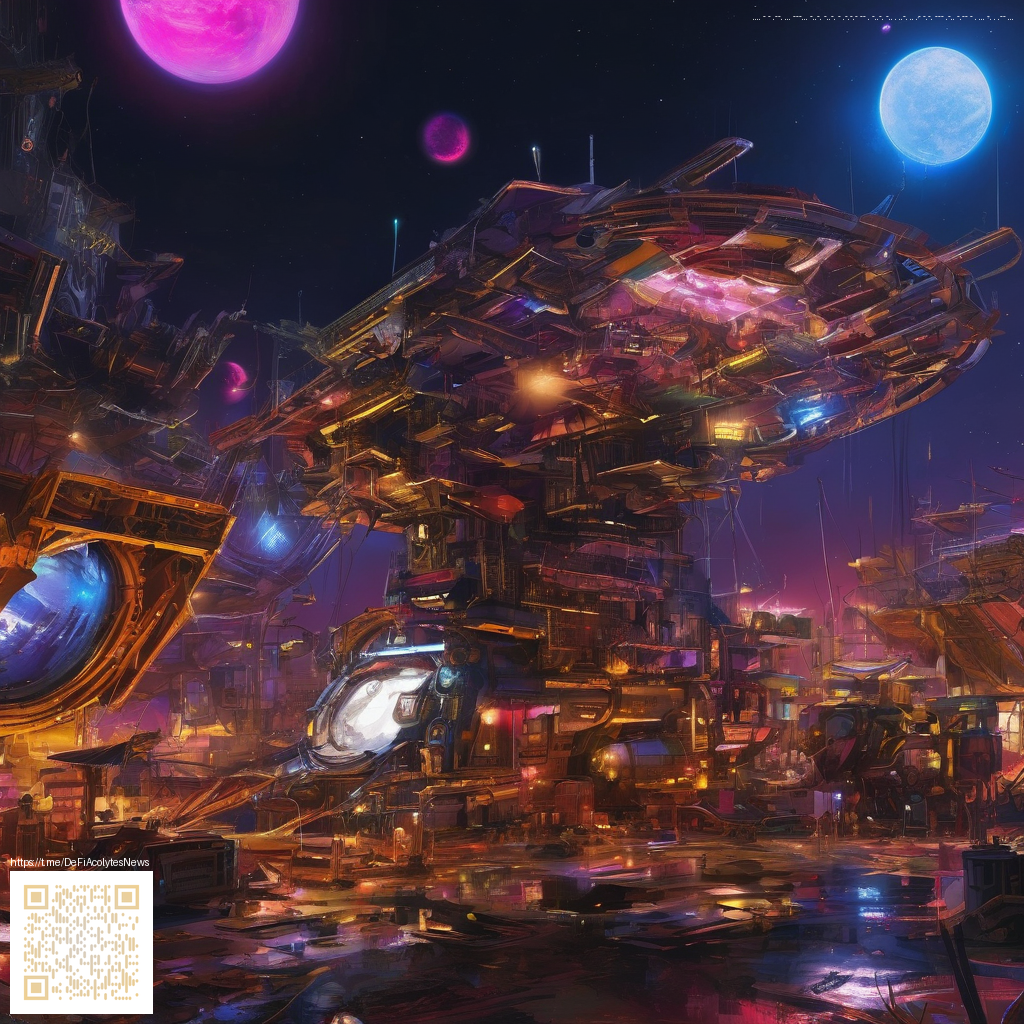
Patch Driven Change The 2.0 Era of Animal Crossing New Horizons
When a major patch lands it can feel like a second season of your favorite show and 2.0 delivered that sense of fresh episodes. Released in early November 2021, this sweeping update reshaped core loop mechanics and opened new avenues for island life. In tandem with the Happy Home Paradise DLC, players gained unprecedented control over interior design and storytelling on their plots, turning islands into vibrant showcases of daily life and imagination. 💠
Gameplay shifts that sharpened the experience
The update introduced a richer crafting and cooking ecosystem that expanded what you could create and how you could present it to visitors. Players could experiment with new recipes and decorate spaces in ways that reflect personal style rather than a generic template. In addition, major improvements to the island economy and item availability made it easier to converge aesthetics with function, letting players chase cohesive themes from tavern vibes to tropical retreats. The Roost cafe and Brewster joined the island scene, offering a social hub where players could unwind and trade ideas with friends and villagers. Meanwhile Harv's Island expanded into a more flexible creative hub that nudged players toward collaborative dream projects.
Alongside these features, the patch also introduced a wave of quality of life improvements. You could manage storage more efficiently, access a broader catalog of customization options, and enjoy more seamless navigation during big decorating sessions. The net effect was a deeper sense of progression and a stronger feeling that your island reflected not just a place to visit but a living, evolving home base for you and your community. 🌑
Community insights and the social fabric of updates
Players quickly embraced the expanded design toolkit as a catalyst for community driven projects. Social media feeds lit up with dream island showcases, interior design challenges, and collaborative builds that blended multiple households into shared narratives. The added cooking and crafting layers created new meta strategies for seasonal events and daily routines, with players coordinating recipes for themed rooms or island eateries that became social magnets. This patch became less about collecting souvenirs and more about curating experiences that could be walked through and discussed with friends new and old.
For many, the update also deepened the sense of permanence. Islands started to resemble living magazines with recurring features such as seasonal decor, custom furniture lines, and story beats that followed players from morning chores to late night harvests. The communal energy around decorating and sharing tips intensified, turning players into mini curators who reused and repurposed assets in inventive ways. 💠
Update coverage and developer intent
The patch cycle in this era highlighted a shift toward long tail engagement. Version 2.0 arrived with a direct tease in a prior Direct and a detailed discussion in subsequent broadcasts, signaling that Nintendo aimed to extend the life of the game well beyond its initial launch window. The base update released on November 4 2021 and was followed by additional tweaks in 2.0.1 and 2.0.2 that fixed reported issues and refined balance for both core gameplay and the Happy Home Paradise DLC integration. Developers emphasized that the goal was to empower players to craft richer stories and share them without friction across online communities. 👁️
With the Happy Home Paradise DLC, interior storytelling moved from a purely cosmetic exercise to a structured design challenge. Players could stage vacation homes with guided constraints, which in turn fed back into community tips and best practice guides. The patch notes highlighted fixes that smoothed out edge cases in crafting and navigation, ensuring a smoother creative workflow for builders of all skill levels. The result was a more inviting and persistent creative ecosystem that thrived on collaboration and experimentation.
Modding culture and developer commentary
Animal Crossing New Horizons sits on a platform with limited official mod support, which has shaped a distinct modding culture around data preservation, design experiments, and community sourced tips rather than full gameplay alteration. The 2.0 wave energized fans to share blueprints, interior layout grids, and seasonal themes, serving as a living laboratory for island aesthetics. Community creators exchanged notes on optimal furniture groupings, lighting, and color palettes, converting the patch into a living workshop where ideas evolve rapidly. Developers spoke through patch cadence about empowering creators while maintaining the game balance that keeps the experience charming and accessible. The result has been a healthier, more collaborative ecosystem that respects both the official content and player ingenuity. 💠
As the patch era matured, players found themselves returning to their islands with fresh eyes and a determination to reinterpret spaces. The balance between new features and familiar routines created a durable loop that continued to reward experimentation. The long term impact has been a revival of island life storytelling, where small design choices can spark new conversations among community members and inspire unexpected collaborations.
Looking ahead, the ongoing conversation between players and developers continues to shape updates. Each new patch carries the potential to unlock a new chapter in the island saga, inviting builders to experiment and creators to mentor newcomers. The enduring appeal lies in the feeling that your space evolves alongside the community you help sustain. 💫
Join the journey and consider supporting a decentralized internet so creators everywhere can push boundaries without gatekeeping.
Support a Decentralized Internet